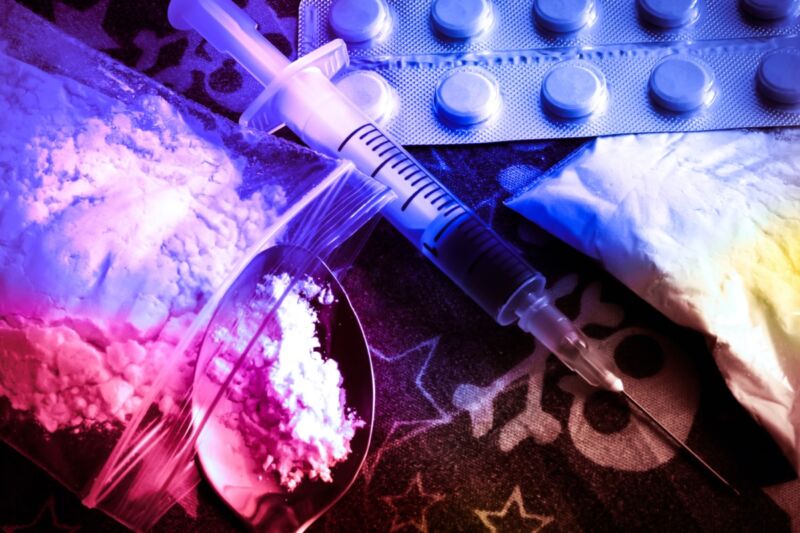First, do no harm: An argument for a radical new paradigm for treating addiction

Enlarge / A call for radical empathy: In her 2021 book, Undoing Drugs: The Untold Story of Harm Reduction and the Future of Addiction, Maia Szalavitz argues for adopting the controversial practice of harm reduction when treating addiction. (credit: iStock / Getty Image)
There's rarely time to write about every cool science-y story that comes our way. So this year, we're once again running a special Twelve Days of Christmas series of posts, highlighting one science story that fell through the cracks in 2020, each day from December 25 through January 5. Today: why we should replace the punitive approach of the "war on drugs" with a radical new paradigm for treating addiction.
In 1986, Maia Szalavitz was addicted to heroin in New York City, weighing a scant 80 pounds and shooting up as often as 40 times a day. She had just discovered the heady mixture of cocaine and heroin known as speedballs, and had no intention of quitting, even though HIV was spreading rapidly through the community thanks to the practice of sharing dirty needles. But a chance encounter in an East Village apartment likely saved her life.
A woman visiting from California taught Szalavitz how to protect herself by running bleach through a shared syringe at least twice, then rinsing twice with water, as well as washing the injection point. It was Szalavitz's first encounter with so-called "harm reduction," an approach to treating addiction that emphasizes ways to minimize the risks and negative consequences associated with substance abuse-not just the risk of addiction and disease, but also social stigma, poverty, and imprisonment. Needle-exchange programs, for instance, supply free clean syringes to addicts, thereby reducing the spread of HIV.
Read 31 remaining paragraphs | Comments